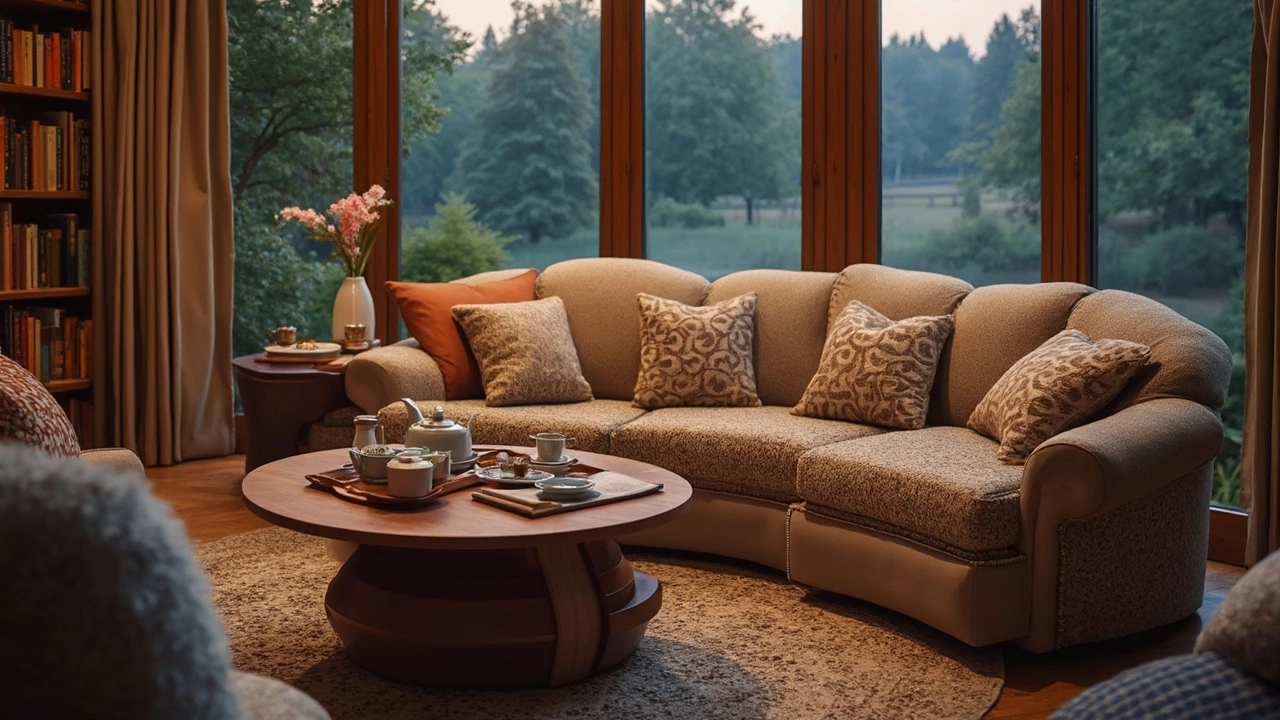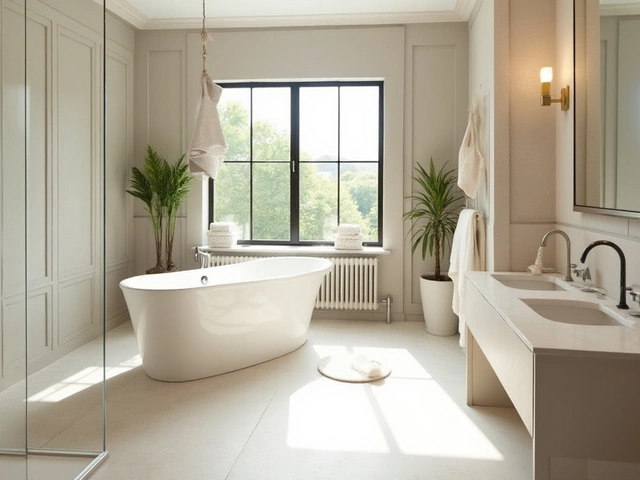Competitors Guide: How to Compare Home Goods Brands
When you’re shopping for a new lamp, sofa, or rug, you’re not just picking a product – you’re choosing a brand, a price point, and a quality level. Knowing how the competition stacks up can save you time, money, and headaches. Below we break down the easiest way to compare home‑goods competitors and get the most bang for your buck.
What to Look at When You Compare Brands
First, check the basics: price, material, and warranty. A sofa that costs £800 might look great, but if it’s made from low‑grade foam, it won’t last as long as a £950 model with a solid wood frame. Look at the warranty details – a longer warranty usually means the company believes in its product. Next, read customer reviews. Real‑world feedback tells you if a mirror’s shape holds up, if a rug stays stain‑free, or if a bed’s XL sizing actually fits as advertised.
Don’t forget to compare style options. Some brands specialize in modern minimalism, while others lean toward classic, plush designs. If you love the 70/30 colour rule in interior design, find a brand that offers a variety of palettes that suit that balance. For curtains, check whether the company offers blackout options and how they affect airflow – a common downside mentioned in many reviews.
Practical Tips for Picking the Right Product
Measure your space before you click ‘add to cart.’ A 3‑seat sofa that’s 84 inches wide fits most living rooms, but if your room is narrow, a slimmer profile will feel less cramped. Use our sofa depth guide to decide how deep the seat should be for your comfort – deeper seats are great for lounging, while shallower ones work better for upright sitting.
When it comes to mirrors, think about shape and function. A round mirror can soften a room, while a rectangular one adds structure. Our mirror‑shape guide explains how each style impacts light and perception, so you can pick one that makes a small bathroom feel bigger.
For bedding, don’t get lost in the XL label. Check whether XL means extra long or extra deep – the difference matters if you have a standard or deep‑pocket mattress. Our size charts for US, UK, and NZ help you match sheets and duvets without guessing.
Rugs and floor coverings are another common comparison point. If you have pets, look for stain‑resistant, washable rugs. Low‑maintenance materials like polypropylene keep dirt out and look fresh for years. Review the “easiest rugs to clean” article for specific fabric recommendations.
Lastly, consider the brand’s overall reputation. Companies that consistently rank high for quality, style, and value often offer better customer service and more reliable shipping. Our “best furniture companies” roundup lists the top players you can trust.
By focusing on price, material, warranty, style, and real‑world feedback, you’ll be able to cut through the noise and pick the product that truly fits your home. Happy shopping!

Discovering Who Competes with Lazy Boy in the Sofa Scene
When it comes to reclining sofas, Lazy Boy is often seen as the leader. But who stands up to this comfy giant in the furniture world? Dive into the top contenders in the sofa market, exploring their strengths and what makes them appealing to buyers. From innovations in design to customer satisfaction, uncover the nuances of who's really giving Lazy Boy a run for its money.
Categories
- Storage (27)
- Bathroom (18)
- Sofas (15)
- Curtains (15)
- Home Decor (12)
- Bedding (11)
- Kitchenware (11)
- Cushions (11)
- Mirrors (10)
- Rugs (9)
Popular Articles



